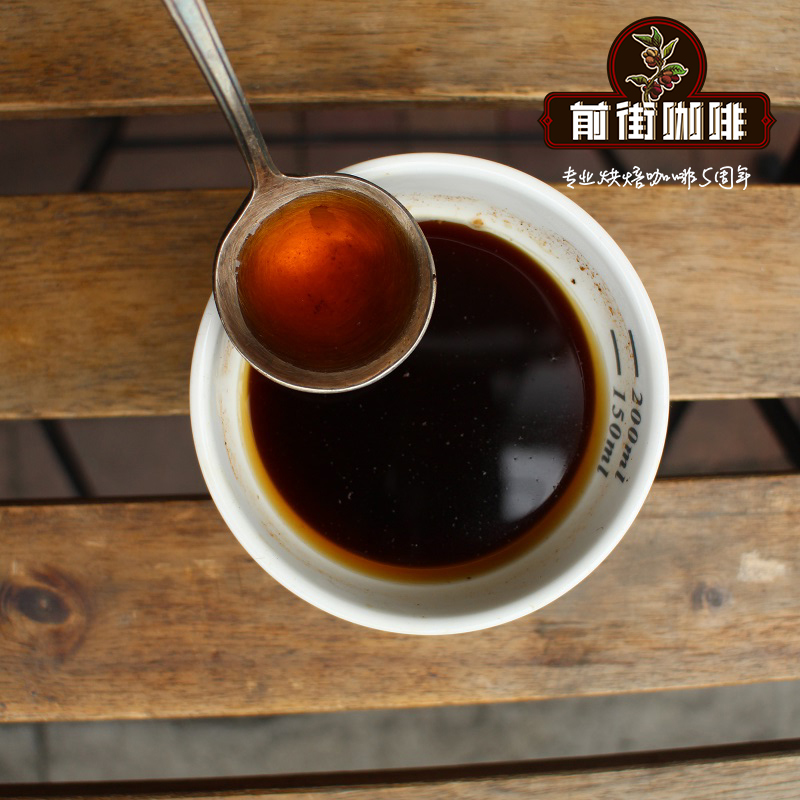The difference between Arabica beans and robusta beans which is better, Robusta or Arabica?

Professional coffee knowledge exchange more coffee bean information please follow the coffee workshop (Wechat official account cafe_style)
Different kinds of coffee trees
There are more than a hundred different varieties of coffee, each of which can be further divided into different varieties. All of this affects the taste of coffee, the amount of caffeine, and the growth of coffee.
Two main varieties of coffee: Arabica coffee and Robusta coffee
Arabica coffee is the most common coffee in the world, accounting for about 70% of the coffee industry. It is known for its high-quality taste and aroma; "in the professional market, you would choose Arabica coffee," said Valentina Pedrotti, a Panamanian biologist and coffee value chain analyst at ICFC.
Compared with Robusta, it:
More sensitive to the weather?
More likely to be infected with pests
Grow at a lower temperature (usually associated with higher elevations or growing in the shade)
There is usually less cherry yield.
Low caffeine content
Sweeter, more complex, more fragrant.
Robusta, or Canephora, is a more durable and sturdy tree. It accounts for 30% of the coffee industry. Compared to Arabica:
Is it more resistant to diseases and insect pests?
Is it high in caffeine?
Grow at a slightly higher temperature
Higher yield, more cherries, so more seeds; however, this means that individual cherries do not get enough nutrition, so the quality of coffee is usually lower.
It's often bitter.
The huge world of coffee varieties
Unlike species, we consume a wide variety of coffee. The next time you buy a bag of specialty coffee, look at the label: it may tell you which one you are drinking.
The most common of these are Typica, Bourbon and Caturra. And Gesha/Geisha, which is probably the most famous one. This exquisite coffee is famous for its delicate floral aroma and tea-like taste. These green beans also sell for as much as $803 per pound.
Life of Coffee Tree
Pedrotti told me that a coffee tree can live to be 80 years old. But what about on a commercial farm? 'you might want them to last for 20 to 30 years, depending on how they are taken care of, 'Mr. Alvarez said.
In the first few years of a tree's life, you should not expect it to be highly productive. Remember, it doesn't blossom until it's three or four years old.
All coffee trees start with the seeds we bake and brew every day. As it grows, you will see its unique buds and bright green leaves. Most producers put coffee seedlings in the nursery until they can be planted on the farm.
Once mature, coffee trees blossom; this usually occurs shortly after heavy rainfall. Then, after the flowers, there are cherries. In some countries, such as Colombia, climate means that trees blossom twice a year, which in turn leads to two harvests a year.
Arturo Aguirre (Arturo Aguirre) of Finca El Injerto in Guatemala told me that coffee producers and farm workers must learn to recognize when coffee can be harvested.
For Arabica coffee, the time from flowering to harvest is about 9 months.
Depending on the climate and soil, robusta coffee can be harvested two or three times a year.
END
Important Notice :
前街咖啡 FrontStreet Coffee has moved to new addredd:
FrontStreet Coffee Address: 315,Donghua East Road,GuangZhou
Tel:020 38364473
- Prev

How to tell whether the coffee is good or bad what the coffee tree looks like and what the coffee beans are made of
Professional coffee knowledge exchange more coffee bean information Please follow the short history of coffee in the coffee workshop (Wechat official account cafe_style) when you hear the word coffee, which country do you think of: Colombia, Brazil, Indonesia? In fact, the coffee tree originated in Ethiopia. Over the centuries, coffee has spread all over Africa and the Middle East, and from there
- Next

Which brand of Colombia coffee is good? Colombia Hui Lan Flower Moonlight Taste Introduction
Professional coffee knowledge exchange More coffee bean information Please pay attention to coffee workshop (Weixin Official Accounts cafe_style) Front Street-Colombia coffee brand Colombia Flower Moonlight Introduction Colombia as the world's third largest coffee exporter, its quality and flavor have always been coffee fans are fond of. Its advantageous geographical conditions and climatic conditions make Colombia coffee of excellent quality
Related
- Beginners will see the "Coffee pull flower" guide!
- What is the difference between ice blog purified milk and ordinary milk coffee?
- Why is the Philippines the largest producer of crops in Liberia?
- For coffee extraction, should the fine powder be retained?
- How does extracted espresso fill pressed powder? How much strength does it take to press the powder?
- How to make jasmine cold extract coffee? Is the jasmine + latte good?
- Will this little toy really make the coffee taste better? How does Lily Drip affect coffee extraction?
- Will the action of slapping the filter cup also affect coffee extraction?
- What's the difference between powder-to-water ratio and powder-to-liquid ratio?
- What is the Ethiopian local species? What does it have to do with Heirloom native species?

